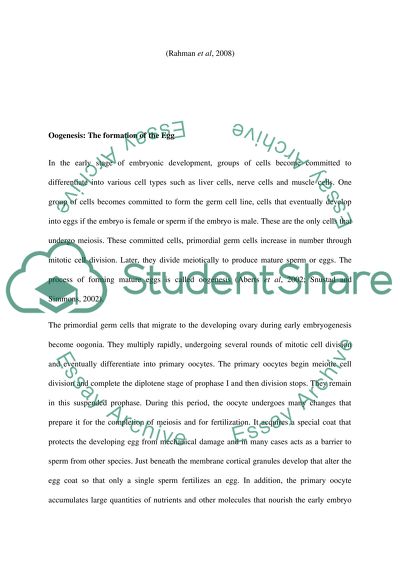Cite this document
(“Gametogenesis Essay Example | Topics and Well Written Essays - 1000 words”, n.d.)
Retrieved de https://studentshare.org/biology/1446367-gametogenesis
Retrieved de https://studentshare.org/biology/1446367-gametogenesis
(Gametogenesis Essay Example | Topics and Well Written Essays - 1000 Words)
https://studentshare.org/biology/1446367-gametogenesis.
https://studentshare.org/biology/1446367-gametogenesis.
“Gametogenesis Essay Example | Topics and Well Written Essays - 1000 Words”, n.d. https://studentshare.org/biology/1446367-gametogenesis.


